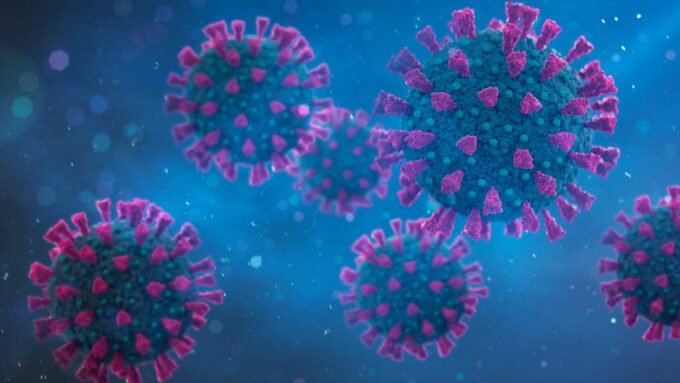25 years molecular biologist
We were given a virus to study how it infected human lung tissue from someone with asthma. The virus never once infected the lung tissue.
No matter how much virus we put in the culture, it never infected the human lung tissue.

The only time we saw anything resembling an infection was actually an out-fection after we poisoned or starved the cells. Ultimately it was a failed experiment as we could not infect healthy human tissue at all with the virus.
We were never able to completely purify a virus organism from the virus reservoir that we were given either.
So we did multiple controls and removed what we could but there was no purified virus at any point and the plan was to infect the lung tissue to find out how it could cause problems in people with asthma.
The only time anything was produced in the cell is when we purposely starved the healthy lung tissue which caused an out-fection of cell debris which made it a failed experiment as we set up our experiment to find out if lung tissue was susceptible to virus infection.
I personally came to the conclusion that the virus was not able to infect healthy tissue and that the virus could not cause any disease.
If a virus organism is a thing that is pathogenic or infectious then the healthy lung tissue should have been infected by the virus organism but that never happened. We tried adding more virus to healthy lung tissue and still nothing happened.
We concluded that the entire experiment was a failed experiment and passed it on to others to try.
No one was able to grow or infect the virus inside healthy lung tissue by just presenting the virus inside the healthy culture.
The entire research experiment was altered and was set up differently by others as it was impossible to grow or infect viruses inside healthy cells.
The new method was to induce disease to the lung tissue directly by starvation of nutrients and adding toxic substances to the culture.
This forced the cell tissue into a diseased state so that it became so-called penetrable or infectable by the virus or opportunistic virus. In my opinion, at this point there is 0 evidence that the virus can cause the lung tissue to be diseased and relying on this as evidence that the virus infected the cell is not conclusive.
I disagreed with the new parameters of the experiment but others accepted it and added diseased vero monkey kidney cells to the mixture and starved the cell culture more in order to "grow the virus" inside cells and cause a cytopathic breakdown of the lung tissue.
They determined that this was something noteworthy and looked at the effects of the breakdown of the lung tissue.
This is also the virologist's process of isolating and finding viruses but it told us nothing about how a person with asthma can be susceptible to viral diseases.
Instead in my view it only shows us that the poisoning and starvation of healthy cells causes a breakdown which was already known and would be pointless to investigate further within this framework.
The virologists claim that since the tissues break down this allows the virus to get inside the cell tissue and replicate but there is no proof of that in my opinion as at no point were we able to cause a virus to infect healthy cells.
It's a misconception that the cell is being poisoned by a virus and infected by a virus and reproducing inside the cell..
When a cell breaks down it releases all sorts of debris and this is well known in molecular biology but virology calls these cell debris virus organisms because some of it is carrying a toxic load.
Like toxic peptides or proteins but at no point was there a virus organism that caused this process in a healthy cell it was only caused by the breakdown of cells that were toxic, poisoned or starved of nutrients.
There is a deception going on and an acceptance of non-existent things causing diseases because people are following a model that promotes the idea of opportunistic pathogens without proving the pathogen exists or is the direct cause of the disease.
So once the cell starts to break down the idea is that the virus, bacteria or any germ can now get in the cell and start hijacking cell machinery to start a replication process...
This is not fact though, as there is an abundance of evidence that the process of cellular breakdown is a signal for bacteria and polymorphic exosomes to come to the sight of cell breakdown and are used by the body to clean up the debris.
For some strange reason people who are taught virology methods don't understand this and are retarded to the acceptance of this knowledge.